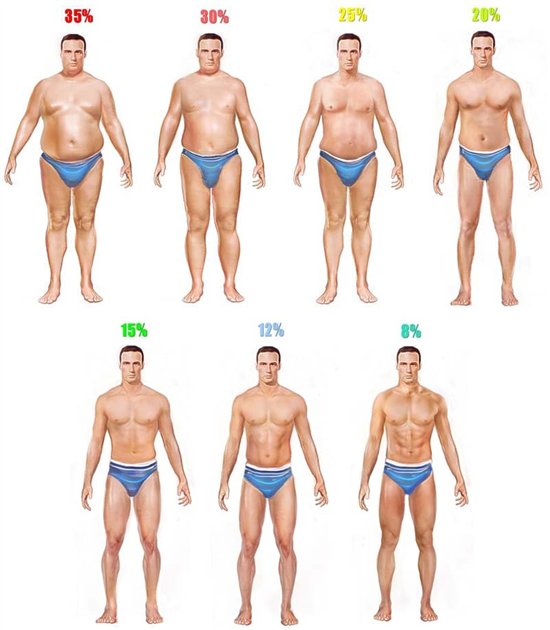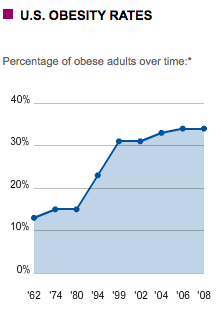Targeting a lower body fat percentage is a common workout goal. And it’s a great goal to have.
But in the same way that too much of a good thing isn’t good, too little of a bad thing isn’t great either. And the truth is, body fat isn’t entirely bad. It serves many important functions including insulation and serving as an energy source. Your body needs some fat to function properly.
Though these numbers can very slightly from source to source, the following are general guidelines on body fat percentages:
- Essential fat: 10% – 13% for women, 2% – 5% for men
- Athletes: 14% – 20% for women, 6% – 13% for men
- Fitness: 21% – 24% for women, 14% – 17% for men
- Average: 25% – 31% for women, 18% – 24% for men
- Obese: 32+% for women, 25+% for men
If you drop below these ranges, you’ll likely experience chronic fatigue, slow workout recovery, nutritional deficiencies, increased risk of infection and so on. For women, low levels of body fat (less than 13% - 17%) result in irregular menstruation. In fact, low body fat levels can even result in infertility.
Believe it or not, some individuals actually have zero percent body fat. It’s a rare and potentially dangerous medical condition in which the body is unable to gain weight. The condition was popularized by Lizzie Velásquez who, because of her striking appearance and the resulting bullying, has given motivation speeches and even a Ted Talk.
While reducing your body fat percentage can be an effective goal, it’s important to be target healthy ranges - and to not take things to an extreme. Having too little fat can be a sign of an eating disorder. In these instances, it’s important to get professional help.














 Sugar is serious business. And many of us are addicted to the sweet stuff - or at the very least, getting way too much of it.
Sugar is serious business. And many of us are addicted to the sweet stuff - or at the very least, getting way too much of it.
